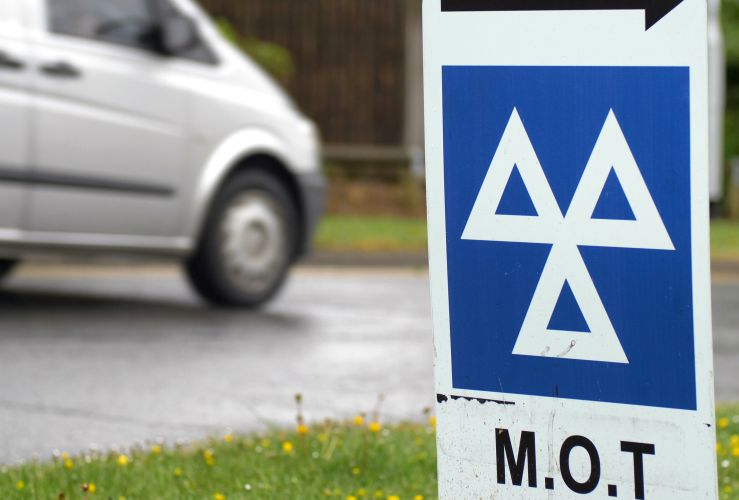
In 2018, the Department for Transport (DfT) made a big change to MOT rules, exempting an additional 300,000 older cars from the annual roadworthiness test.
The rule change means that as soon as a car becomes 40 years old, it is considered a classic - and is not required to have an MOT.
While one DfT survey suggested UK motorists, on balance (56%), wanted 40-year-old cars to undergo the MOT to ensure they remain roadworthy, the DfT decided to exempt them. Their reasoning was that classic car owners take very good care of their vehicles, and further, that the modern MOT test has little relevance to older cars, which feature outdated technology and systems.
Classic car owners can, however, organise a voluntary MOT if they deem it necessary.
The decision to alter MOT exemption rules means that today, around 500,000 cars do not need to undergo the test.
Not all 40-year-old-plus vehicles are exempt, however. If a vehicle has undergone a substantial alteration in the past 30 years, it must have an MOT.
The government has provided full details of what constitutes such a change here.
In general, if a car's chassis, axles and running gear, or engine has been significantly modified, it must have an MOT.
Alongside cars, vans and motorbikes aged 40 years or more are also exempt from MOTs, so long as they have not been modified significantly.
Large goods vehicles (LGVs), trucks and lorries must have annual MOTs, no matter what their age. Self-built vehicles and kit cars must also have MOTs done.
You can apply for an exemption through the DVLA historic vehicle registration system. Fill out form V112, which can be downloaded or obtained from your nearest Post Office. A form must be completed for each owned car aged 40 years or more.




